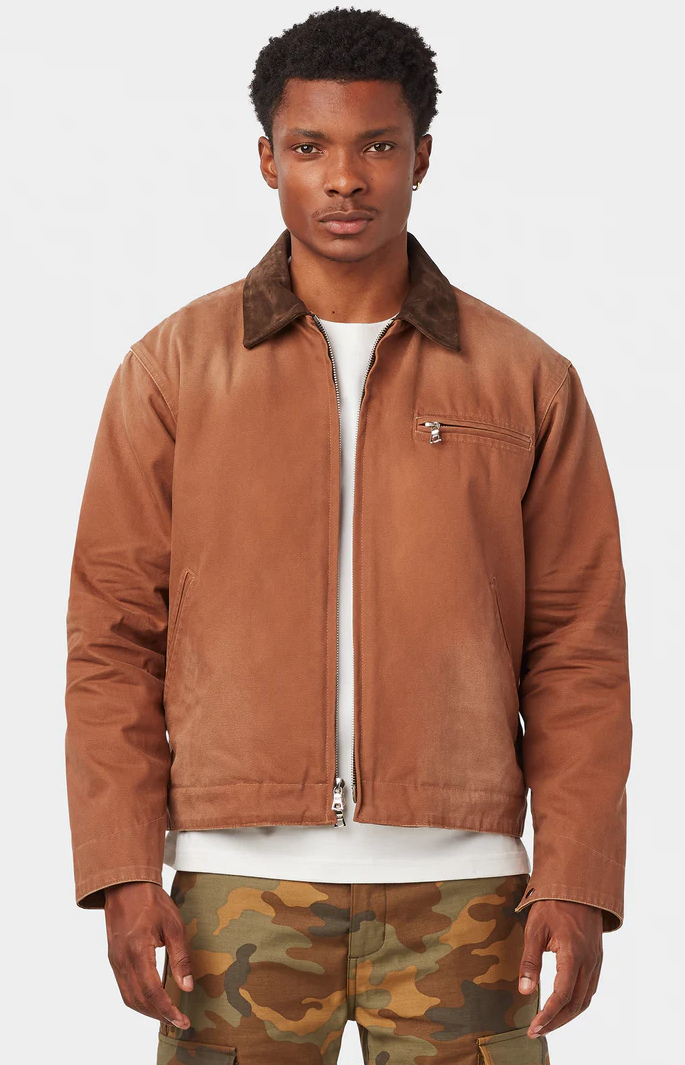RogerP
Distinguished Member
- Joined
- Nov 1, 2012
- Messages
- 9,906
- Reaction score
- 10,116
Greetings all,
A little background. I have been an avid knife collector for some 25 years, and have been a contributing writer for a number of large custom knife publications for the last 8 or 10.
More recently, however, I have been learning how to make the type of knife I most frequently use and collect - the forged fixed blade.
I have been fortunate to count among my friend a very talented American bladesmith - Dan Farr - who lives about a 2 1/2 hour drive from me around Lake Ontatario, in Rochester, NY. He has patiently showed me the ropes and rescued me from some near-terminal mistakes along the way.
Generally, it takes one 3-day weekend for me to complete a blade, then another full 3-day weekend for the guard and handle. One one visit, however, Dan and I - together with another friend and knifemaker Matt - decided to try to take a knife from raw steel to completed product in just one weekend. What follows is the result of three consecutive 14-hour days of hot, dirty work. Hopefully it will illustrate what goes into the making of a quality custom field knife, for those unfamiliar with the process.
We'll start with the design, which was for a large camp knife with a 10-11" blade. It's the kind of knife one would use for diverse tasks such trail-clearing, shelter-building and even food preparation.
Dan's forge is located at his hunting camp, about an hour south of Rochester in the Genesee Valley. Over a hundred acres of woodland, fields and streams surround the cabin, so there's no-one to disturb with all the banging:

Shop dogs are constant and welcome companions:

The starting point is a bar of 1095 steel, and the first step is to get it hot. Real hot.

Dan (left) and Matt wait for the steel to heat, hammer and anvil near at hand.

It helps to have a rough scale representation of the shape you want to form close at hand:

A power hammer is a handy tool to help with some of the initial shaping - like creating distal taper - or a narrowing in blade thickness as we progress from the guard to the tip. And for yours truly, not blessed with blacksmith Popeye arms, it definitely cuts down on fatigue:

The real shaping of the blade, however, is best done with hand and hammer:

More to come.
A little background. I have been an avid knife collector for some 25 years, and have been a contributing writer for a number of large custom knife publications for the last 8 or 10.
More recently, however, I have been learning how to make the type of knife I most frequently use and collect - the forged fixed blade.
I have been fortunate to count among my friend a very talented American bladesmith - Dan Farr - who lives about a 2 1/2 hour drive from me around Lake Ontatario, in Rochester, NY. He has patiently showed me the ropes and rescued me from some near-terminal mistakes along the way.
Generally, it takes one 3-day weekend for me to complete a blade, then another full 3-day weekend for the guard and handle. One one visit, however, Dan and I - together with another friend and knifemaker Matt - decided to try to take a knife from raw steel to completed product in just one weekend. What follows is the result of three consecutive 14-hour days of hot, dirty work. Hopefully it will illustrate what goes into the making of a quality custom field knife, for those unfamiliar with the process.
We'll start with the design, which was for a large camp knife with a 10-11" blade. It's the kind of knife one would use for diverse tasks such trail-clearing, shelter-building and even food preparation.
Dan's forge is located at his hunting camp, about an hour south of Rochester in the Genesee Valley. Over a hundred acres of woodland, fields and streams surround the cabin, so there's no-one to disturb with all the banging:
Shop dogs are constant and welcome companions:
The starting point is a bar of 1095 steel, and the first step is to get it hot. Real hot.
Dan (left) and Matt wait for the steel to heat, hammer and anvil near at hand.
It helps to have a rough scale representation of the shape you want to form close at hand:
A power hammer is a handy tool to help with some of the initial shaping - like creating distal taper - or a narrowing in blade thickness as we progress from the guard to the tip. And for yours truly, not blessed with blacksmith Popeye arms, it definitely cuts down on fatigue:
The real shaping of the blade, however, is best done with hand and hammer:
More to come.

![Lurker[1] :lurk: :lurk:](/styleforum_ads/smilies/lurker[1].gif)



